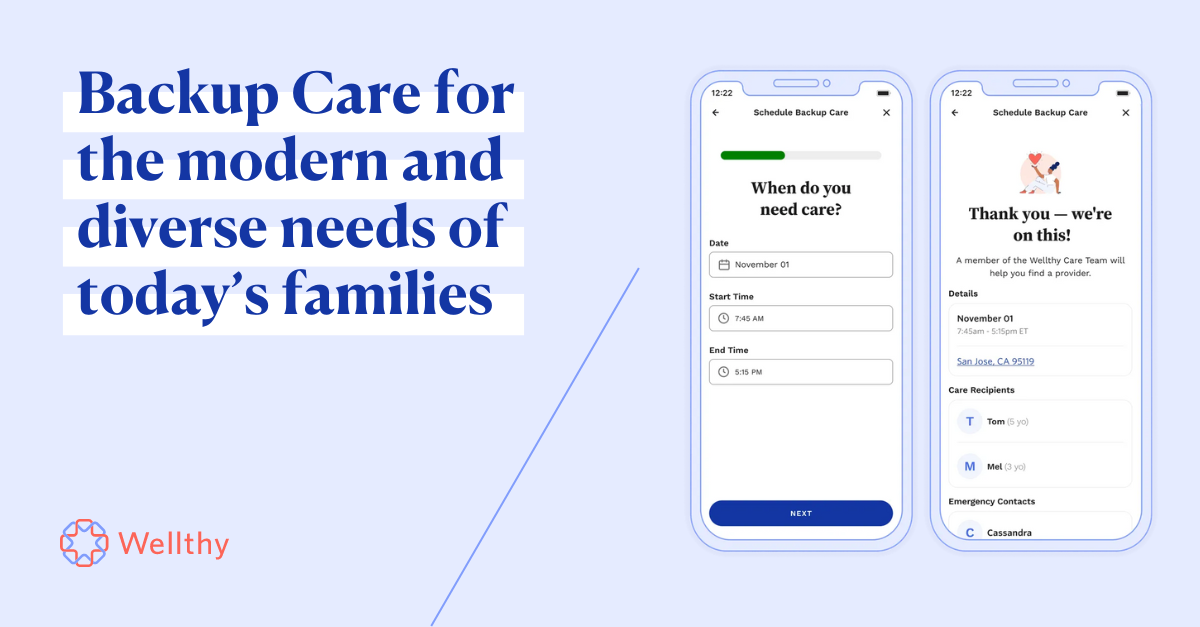Recently, we joined employers, health care providers, health plans, and technology companies at HLTH — a conference focused on the latest innovations in healthcare. Over the course of four days, we had dozens of conversations with health plans and employers, and one common theme emerged: we simply do not have the infrastructure in the U.S. healthcare system to support our aging population. It’s a problem that’s been exacerbated by the shift of the healthcare journey into the home.
We are relying on families to pick up the slack and play an increasing role in delivering medical and non-medical care. Add that to our lack of support for child care, and we are in a true caregiving crisis.
The result? Too many people shouldering massive caregiving responsibilities are burning out, even leaving the workforce to spend more time on caregiving. As is true for many of the gaps in healthcare, employers ultimately bear the burden.
During the conference, our CEO Lindsay Jurist-Rosner spoke on a panel on exactly this topic, alongside Connie Chen of workforce mental health company Lyra Health, Lian Neeman from Amazon, and Brian Bloom of workplace consulting company Korn Ferry. The group discussed how employers can design benefits programs that respond to their employees’ needs and help them recruit and retain talent in their workforce.
Lian and Brian lead benefits for large companies and shared insights about how benefits show employees they are valued by their organization. Both mentioned that they view helping with care responsibilities as a critical component in workforce retention. Connie and Lindsay shared their experiences from the solution side — and what they have seen across a number of benefit designs.
“Caregiving has always been an issue for employees. There is no long term care infrastructure in our country – then what we saw during the pandemic is things got harder,” Lindsay explained during the panel.
The pandemic thrust into view just how reliant we are on unpaid family members to care for our sick, our elderly, and our children. Studies estimate that in the absence of available or affordable professional help, over half of American adults older than 50 are serving as unpaid caregivers. For many, the difficulties of balancing care and work are too much: aside from retirement, managing caregiving is the number one reason people leave their jobs.
“A recent survey shows an average caregiver gives 45 hours per week,” Lindsay said. “Imagine working 40 hours, and giving care 45 hours. The math doesn’t add up. People can’t opt out of their families, so they opt out of the workforce.”
Ultimately, it falls on employers to help out, because the vast majority of working people rely on their jobs for health insurance and other benefits, and they’re only going to play a bigger role as the population ages. By 2040, one in five Americans will be older than 65.
Offering support for this population isn’t just the right thing for employers to do, it’s necessary for business as well. As companies seek to recruit and retain diverse talent, they need to think of modern benefits packages that address hurdles that prohibit them from doing so. With women and people of color disproportionately affected by caregiving demands, emphasizing care is one way to craft a benefits strategy that cares for the full workforce and can have a real impact on fostering a diverse and productive work environment.
“Employers are thinking about diverse talent and inclusion. In order to retain diverse talent, you have to meet people’s different needs,” Lindsay said. “Gone are the days that a one size fits all benefits package meets all the needs of employees.”
Want to hear more from our panel at HLTH? Check out the full session recording here.







